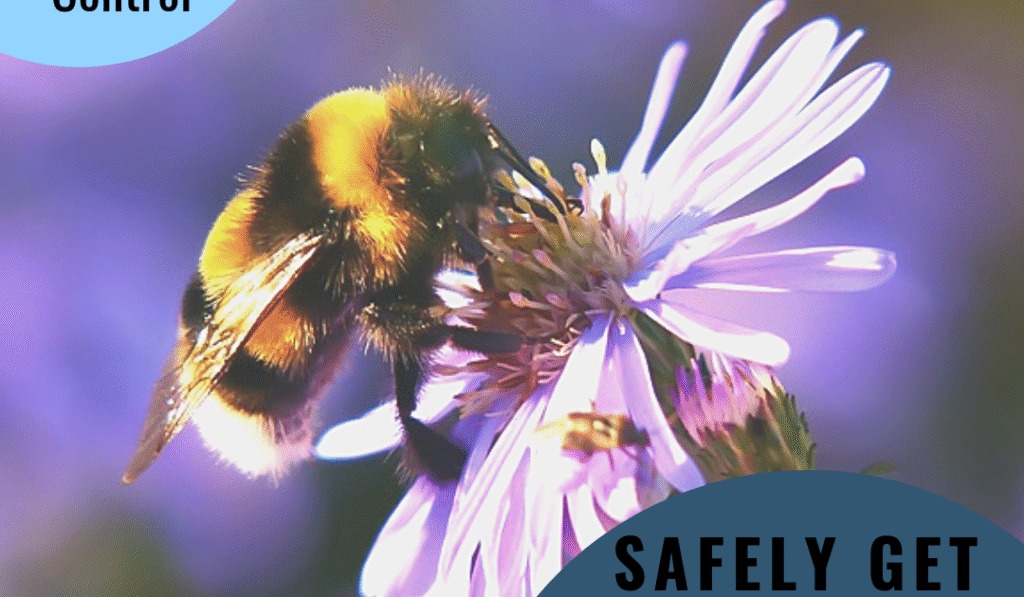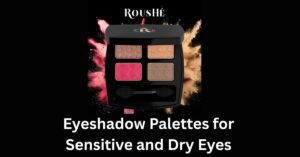
Best Non-Toxic Sprays to Safely Deter Bees Naturally
In today’s eco-conscious world, homeowners are increasingly seeking safer alternatives for managing insects without compromising environmental balance. Among the most common household challenges, dealing with bees requires particular attention and care. While bees play a crucial role in pollination and sustaining ecosystems, their sudden presence near homes can become concerning, especially for families with children or pets. Instead of resorting to harsh chemicals that harm both bees and the environment, non-toxic sprays have emerged as an effective and natural way to deter bees humanely. Understanding their benefits, ingredients, and proper application can help you maintain harmony between comfort and nature.
Before exploring different non-toxic sprays, it’s essential to understand why choosing natural options matters. Bees are vital pollinators that contribute to global food production and plant diversity. Unfortunately, many chemical-based repellents and pesticides cause irreversible damage to bee populations and surrounding ecosystems. These substances often contain harmful neurotoxins that not only kill bees but also linger in soil and water sources. This contamination impacts other beneficial insects, birds, and even pets.
How Non-Toxic Sprays Work Effectively
The science behind non-toxic sprays revolves around sensory deterrence rather than harm. Bees navigate their environment through scent recognition, using their powerful olfactory systems to identify flowers, hives, and food sources. When exposed to certain strong, natural aromas like clove, peppermint, or citrus, bees perceive these scents as unwelcoming or even dangerous, prompting them to move away.
These sprays create a temporary aromatic barrier, preventing bees from nesting or hovering around particular spots. For instance, applying the spray near window frames, garden fences, or outdoor seating areas can significantly reduce bee visits. The effectiveness of non-toxic sprays depends largely on consistent reapplication, especially after rain or cleaning. Additionally, when used in combination with other natural deterrents such as vinegar solutions or citrus peels, they enhance protective coverage.
Another advantage of non-toxic options lies in their versatility. They can be safely used on plants, wooden surfaces, and fabrics without causing damage or discoloration. Since most ingredients are biodegradable, they break down naturally, ensuring no harmful residues remain. This balance between efficacy and environmental safety makes non-toxic sprays a valuable alternative to harsh repellents.
Key Ingredients That Make Sprays Safe and Powerful
One of the main reasons non-toxic sprays have gained popularity is their reliance on natural, recognizable ingredients. Each component plays a vital role in deterring bees while maintaining overall ecological safety. For example, essential oils like peppermint and eucalyptus produce strong scents that bees find overwhelming. These oils act as natural repellents, discouraging bees from entering sprayed areas without harming them.
Citrus extracts, particularly from lemon and orange, are another common ingredient. Their refreshing aroma masks floral scents that typically attract bees. Similarly, clove and cinnamon oils offer added protection through their potent antifungal and antibacterial properties, keeping outdoor spaces clean and insect-free. Some advanced formulations even include a touch of vinegar or witch hazel, which helps preserve the spray while enhancing its repelling strength.
In the context of larger infestations, however, it’s important to distinguish between repelling and removing bees. Natural sprays deter them temporarily, but when colonies establish hives inside walls or attics, professional help may be necessary. This is where understanding how much bee removal cost can assist homeowners in making informed decisions. Reliable pest control experts can safely relocate bee colonies, often preserving the hive for ecological reuse, ensuring the process aligns with environmental values while restoring household safety.
Applying Non-Toxic Sprays for Maximum Effect
Proper application significantly enhances the performance of non-toxic sprays. The first step is identifying key areas where bees frequently appear. Common locations include eaves, windowsills, porches, and garden plants. Once identified, spray these surfaces evenly, maintaining a fine mist that covers without oversaturating. Since most natural sprays rely on volatile oils, reapplication every few days ensures consistent scent strength and effectiveness.
For outdoor furniture, fences, and garden paths, spraying during cooler hours of the day—either early morning or late evening—yields better results. Bees are less active during these times, allowing the scent barrier to establish before they resume activity. Additionally, avoid spraying directly on flowering plants where bees actively pollinate, as this could disrupt their ecological contribution.
When using store-bought options, always check the ingredient list to confirm the absence of synthetic chemicals or artificial fragrances. Opt for organic-certified products whenever possible to ensure authenticity. For those who enjoy crafting homemade blends, maintaining the right oil-to-water ratio ensures the mixture remains potent without being overpowering. Properly storing these sprays in cool, dark places preserves their efficacy for extended use.
Over time, using non-toxic sprays not only helps deter bees safely but also conditions them to avoid your space altogether. The consistent presence of these natural scents encourages bees to establish hives elsewhere, minimizing future invasions and maintaining balance between home comfort and ecological preservation.
The Broader Benefits of Choosing Non-Toxic Solutions
Choosing non-toxic sprays over synthetic repellents extends benefits beyond immediate bee deterrence. Environmentally, they contribute to sustainable living by reducing the amount of chemical runoff that contaminates soil and water systems. This choice also safeguards beneficial pollinators like butterflies and ladybugs, which contribute to healthy garden ecosystems.
Furthermore, adopting non-toxic sprays reflects a broader lifestyle shift toward eco-friendly living. Many homeowners who start with natural pest control methods eventually extend the same philosophy to cleaning products, gardening supplies, and personal care routines. This holistic approach creates safer households and supports a greener planet.
In addition to personal well-being, non-toxic alternatives inspire community awareness. When more people choose sustainable products, it drives demand for environmentally responsible manufacturers. This collective shift influences industries to prioritize transparency, reduce waste, and adopt renewable materials. The simple act of replacing chemical repellents with natural sprays contributes to a global movement focused on protecting pollinators and promoting environmental responsibility.
Creating a Balanced Relationship with Bees
While non-toxic sprays offer excellent protection, understanding the role of bees in nature helps homeowners strike the right balance. Bees are not inherently aggressive; they react defensively when threatened or displaced. Therefore, preventing attraction is far more effective than engaging in confrontation. Maintaining clean outdoor spaces, sealing potential nesting areas, and minimizing sugary residues can further reduce bee presence.
Integrating certain plants like lemongrass, mint, or marigold around the garden also complements spray use. These plants naturally emit scents bees dislike, reinforcing the aromatic barrier created by your chosen spray. Combining such practices ensures harmony between human spaces and wildlife habitats, promoting mutual respect.
Ultimately, the goal is not eradication but redirection. Bees that avoid your home will seek alternative locations more suitable for hive building and pollination. By adopting non-toxic sprays, you safeguard both your living environment and the delicate ecosystems that depend on these insects.
Final Thoughts
In conclusion, non-toxic sprays stand as one of the most compassionate and effective methods for managing bee activity naturally. Their reliance on plant-based ingredients ensures safety for both people and the planet, offering a perfect alternative to synthetic repellents. When applied correctly, they deter bees without harming them, maintaining a peaceful coexistence that honors the essential role bees play in our environment.
The modern homeowner’s responsibility extends beyond comfort—it involves nurturing a sustainable balance with nature. By understanding the mechanics of natural repellents and using them consistently, you can protect your home while supporting biodiversity. Should the bee population around your property grow beyond control, consulting professionals remains a wise step. Through a combination of personal effort, awareness, and responsible choices, we can all contribute to a safer, more sustainable world where harmony between humans and bees truly thrives.



